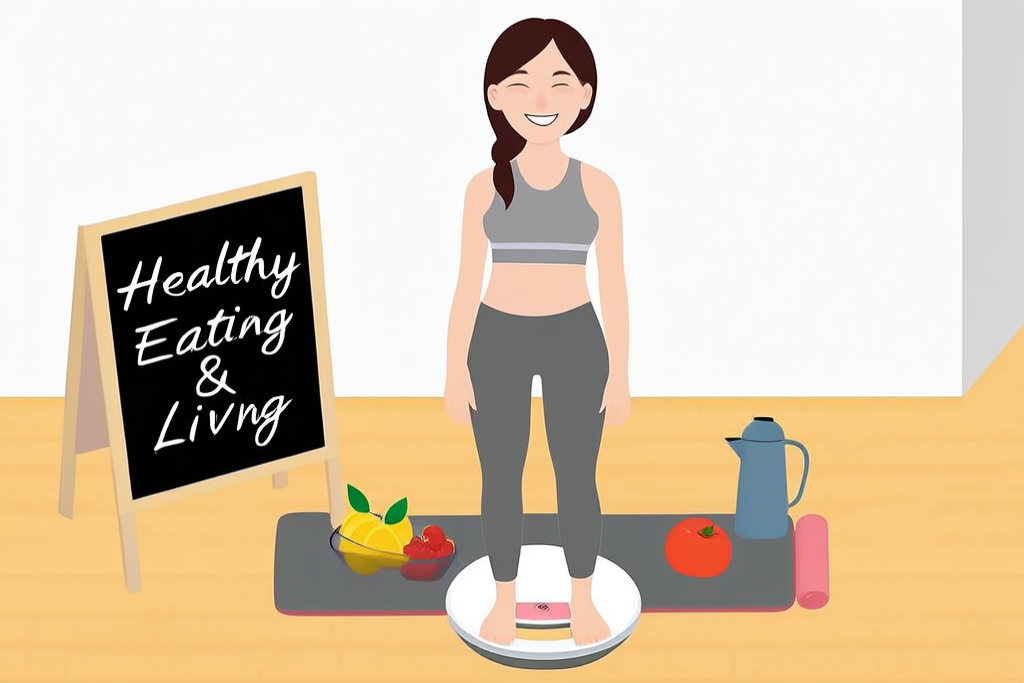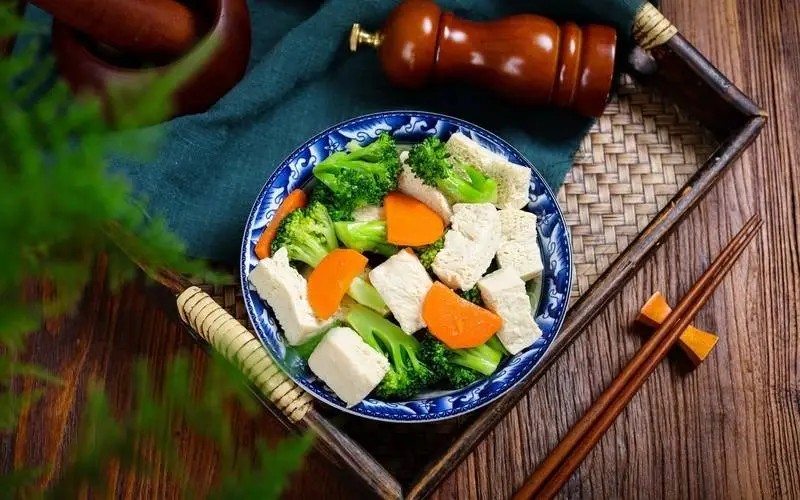
Understanding the science behind weight loss diets is crucial for making informed decisions about your health. As a sports and dietary health expert, I’m here to help demystify these concepts and provide actionable advice. Lifestyle intervention, primarily through dietary control, is the cornerstone of effective weight management for most individuals.
For weight loss, a common recommendation is to create a daily calorie deficit of 500 to 1000 kilocalories, or to reduce your total energy intake by about 30%. A balanced macronutrient distribution is also key: aim for carbohydrates to provide 50-60% of your energy, fats 20-30%, and proteins 15-20%.
Let’s break down what you can eat. Carbohydrates are not the enemy; prioritize whole grains and reduce refined white rice and flour. You can certainly eat meat; opt for lean cuts, skinless chicken breast or thigh, and fish or shrimp, which are lower in fat. Fats are also essential; choose foods rich in unsaturated fatty acids, such as olive oil and nuts. Salt intake is permissible, but keep it under 5 grams per day.
Snacking can be part of a weight loss plan if done mindfully. It’s best to snack when you genuinely feel hungry, choosing low-energy-density, high-protein foods, and always controlling portion sizes. However, be cautious with fruits; while healthy, eating too many, especially high-sugar varieties like durian, jackfruit, lychee, longan, and winter jujubes, can lead to weight gain. Similarly, not all vegetables guarantee weight loss if consumed in excess, particularly higher-calorie ones like lily bulbs, fava beans, and pumpkin, or starchy vegetables often mistaken for non-starchy ones (see points below).
Switching from refined grains to whole grains doesn’t automatically lead to weight loss if your overall calorie intake increases. Likewise, skipping dinner isn’t a magic bullet; your total daily calorie intake is what truly matters. Be wary of “0 sugar” foods, as they might compensate with high fat or carbohydrate content, so always check the total calories and nutrient breakdown. The same applies to “0 fat” foods, which can be loaded with added sugars.
It’s important to understand food classifications. Legumes like red beans, green beans, kidney beans, and pinto beans (excluding soybeans) are considered staple foods due to their carbohydrate content. Tubers such as potatoes, sweet potatoes, purple potatoes, yams, and taro are also starchy staples. Interestingly, waxy corn generally has a higher calorie content and glycemic index than an equivalent amount of sweet corn.
Let’s debunk some common myths. There are no “negative calorie foods.” When it comes to fruit, eating the whole fruit is more beneficial for weight loss than drinking fruit juice. You don’t necessarily have to switch to skim milk from whole milk; your total daily fat intake is the more critical factor. Foods high in dietary fiber can significantly help increase feelings of fullness.
Hydration is a friend to weight management. Drinking plenty of water, which has no calories, is beneficial. Sugary drinks like soda or milk tea don’t count towards this. Spicy food alone won’t make you lose weight; in fact, the high oil and salt content in many spicy dishes can lead to overeating. Alcohol consumption is generally detrimental to weight loss, especially beverages high in alcohol and sugar.
There’s no “magic window” – like mornings or during menstruation for women – where you can eat more without gaining weight. While reducing carbohydrates can lead to quick initial weight loss, it often results in a rapid rebound. Furthermore, no diet can target fat loss in specific areas like the belly or thighs; fat loss is systemic.
Adopt smart eating habits. Shopping for groceries when you’re full can help prevent impulse buys of unhealthy, fattening foods. For pre-packaged snacks, opt for smaller portions to help control intake. Eating while distracted by TV or your phone can lead to mindless overconsumption. Instead, focus on your meal and increase your chewing frequency, which can help reduce overall intake. An effective eating order can be to consume vegetables first, followed by protein-rich foods, and then starchy staples, as this can help reduce overall energy consumption. Eating anything after a meal will not “absorb fat” or “cancel out” calories.
Specialized medical weight loss diets, such as intermittent fasting, ketogenic diets, high-protein diets, or meal replacement plans, should ideally be implemented under professional guidance. Without expert supervision, you may not achieve desired results and could even risk adverse effects like kidney dysfunction, acidosis, or essential nutrient deficiencies. Trendy internet diets, like the “Harvard diet,” celebrity diets, or liquid fasts, might show short-term weight loss, but weight is often quickly regained once you revert to previous eating habits.

